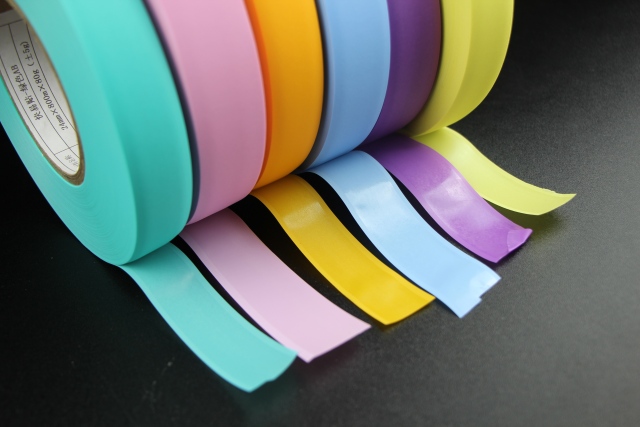Author:Hengdaxin Diaper Material SupplierFROM:Diaper Materials Manufacturer TIME:2024-07-13
Baby diapers are an essential part of infant care, designed not only for comfort but also for their absorbency. The materials and ingredients used in these diapers play a crucial role in determining how effectively they can absorb moisture. Understanding the impact of diaper ingredients on absorbency is key to ensuring that babies remain dry and comfortable throughout the day and night.
Diaper absorbency refers to the ability of a diaper to draw in and retain moisture, keeping the baby's skin dry. This quality is primarily influenced by the materials used in the diaper construction, including the core components and the outer layers.
Super absorbent polymers, commonly known as SAPs, are a critical component in modern diapers. These polymers have the ability to absorb and retain many times their weight in liquid. When moisture comes into contact with SAPs, they form a gel-like substance that prevents leakage and keeps the wetness away from the baby's skin.

Cellulose fibers and fluff pulp are natural materials derived from wood pulp. They are used in diapers for their absorbent properties. Fluff pulp, in particular, provides bulk and absorption capacity to the diaper core, helping to distribute liquid evenly and quickly throughout the diaper.
The outer layers of a diaper are typically made from non-woven materials that are breathable yet moisture-resistant. These materials help to keep the absorbent core dry and comfortable against the baby's skin while allowing for airflow to minimize the risk of irritation or discomfort.
Some diapers are equipped with wetness indicators that change color when wet, signaling the need for a diaper change. Additionally, maintaining a balanced pH level within the diaper helps to keep the baby's skin healthy and prevent irritation caused by prolonged exposure to wetness.
The fit of a diaper is crucial for its effectiveness in preventing leaks and ensuring comfort. Elastic components around the legs and waist help to create a snug fit that moves with the baby, preventing gaps where leaks could occur.

Sometimes diapers may contain fragrances or dyes for aesthetic purposes. While these additives do not directly impact absorbency, they should be chosen carefully to minimize the risk of skin irritation or allergic reactions in sensitive individuals.
As concerns for the environment grow, so does the focus on sustainable diaper materials and production processes. Innovations in biodegradable materials and recycling initiatives aim to reduce the environmental footprint of diaper manufacturing and disposal.

In conclusion, the ingredients used in baby diapers play a crucial role in determining their absorbency and overall performance. From super absorbent polymers to breathable outer layers and sustainable materials, each component contributes to keeping babies dry, comfortable, and free from irritation. Understanding these factors allows caregivers to make informed choices when selecting diapers that best meet the needs of both babies and the environment.